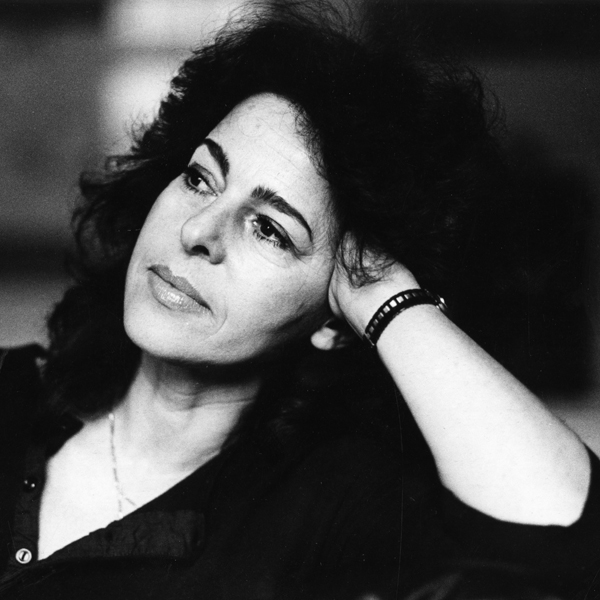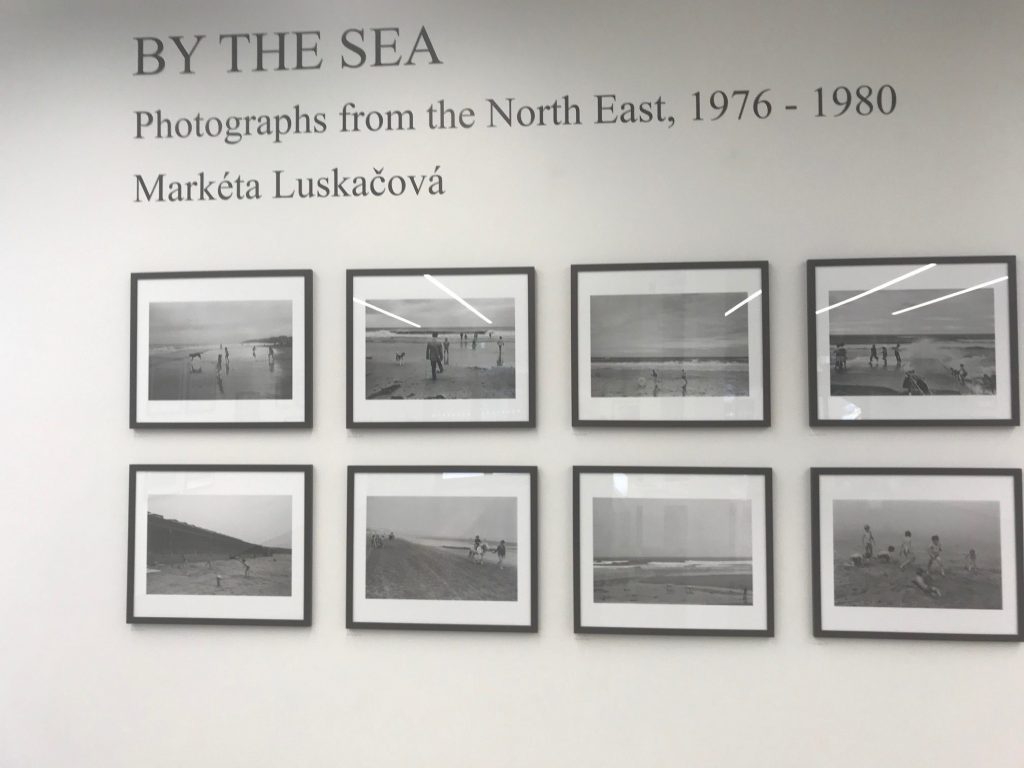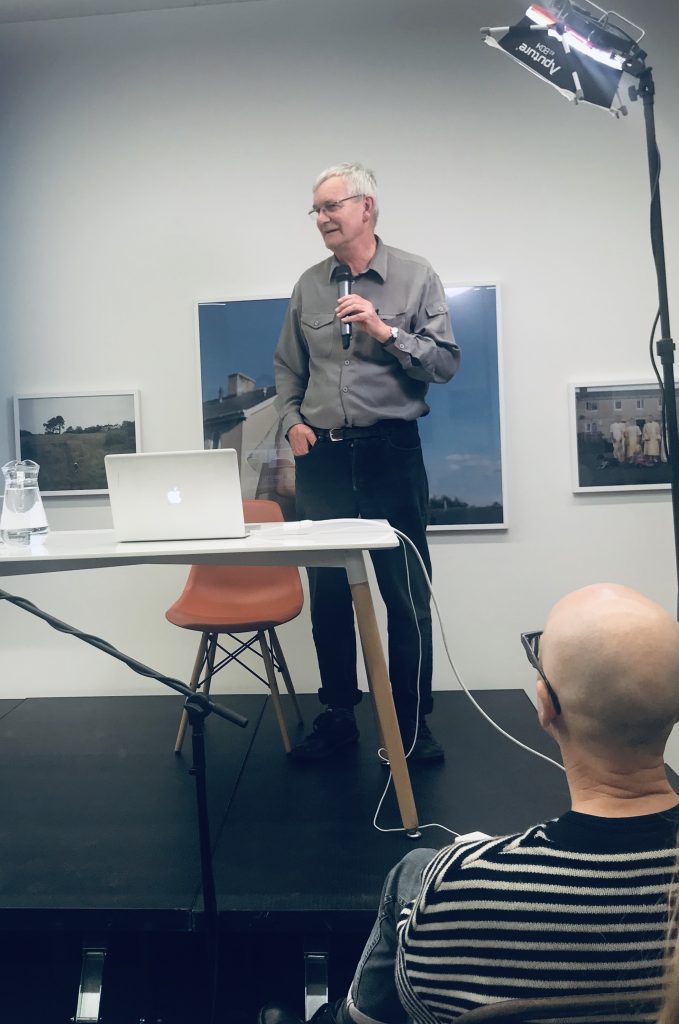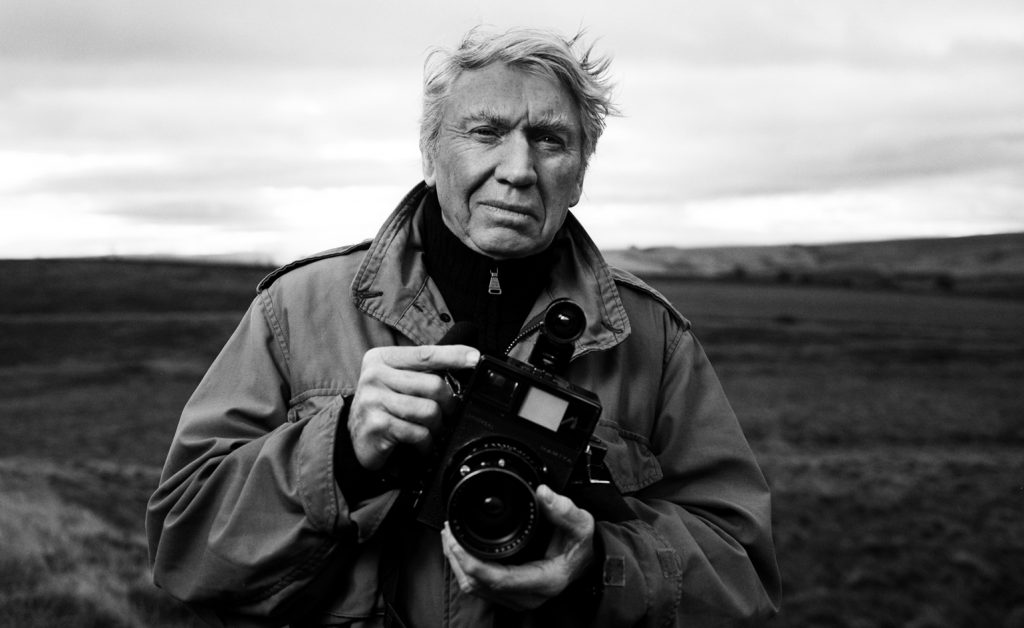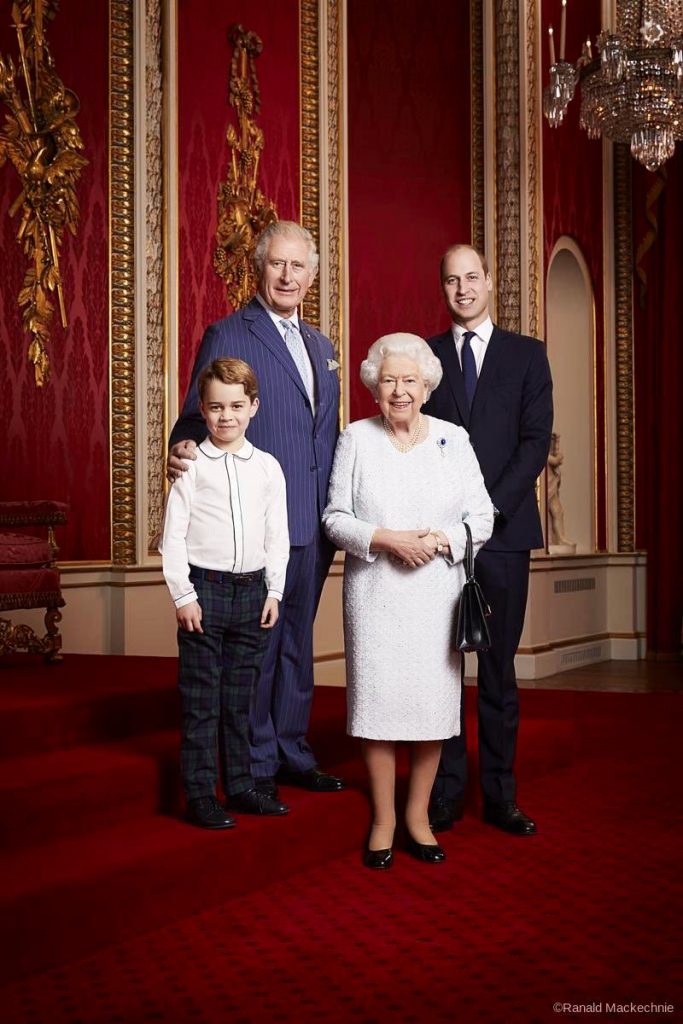
This is a photograph taken by Ranald Mackechnie of the once and future queen and kings. For many of us, the fact that the feudal relic of a monarchy has lasted into the 2020s is a glaring anachronism, but since the Prince Andrew disgrace and Prince Harry’s exile in Canada. The royals have gone into overdrive to present an ‘its all alright’, continuity theme.
Last month they were pictured in exactly the same outfits stirring Christmas puddings in palace’s Music Room. The Music Room which obviously doubles as a kitchen in polite society. Featured a number of regal decorations, including a crown, corgi, a throne, and a soldier.
This picture was taken on the same day as a Christmas lunch hosted by the Queen for the rest of her family. We know Prince Andrew attended whilst waiting for a call from the FBI. We also know that Prince Harry was on the other side of the world, with Mrs Markle and Lord Archie
This is the background to a very awkward photograph.
Too Tetchy
Mackechnie is a portrait photographer, used to getting a single sitter in front of the camera. But as we know from wedding photography getting a royal group together is like herding lizards.
The Queen and the Duke of Cambridge smile obediently. The Prince of Wales can only manage a grimace. It has been a bad year, he is waiting for his lunch and is obviously in one of those “bloody reporters” moods.
His Royal Highness Prince George of Cambridge has picked up his grandfather’s vibe and has a disdainful smirk on his little face, aimed at the photographer. As Prince Philip used to say of Antony Armstrong-Jones, “just a common snapper”.
Too Red and Too Fussy
No photographer would have chosen a dark location with claret red walls and carpet. The stairs at Buckingham Palace were obviously suggested as a useful device to ensure that Prince Charles looked as tall as his son and heir.
The red background sucks in all the available light, which makes lighting the shot a nightmare. The background is also too fussy, why leave the chair to the left? It is just distracting. There is also a sculpture under Prince Williams elbow and a column growing out of his head. The chandelier does help to frame the composition, but the photographer has had to add a strong vignette to hold interest in the royal bloodline.
Too Contrasty
The whites are too white and the darks too dark. The Queen’s dress is one blown highlight, there is no detail, even her left arm blends into her body. Prince Williams suit is too dark with no detail at all. Prince George’s legs are stuck together and his shoes are fused to his trousers. The shadows are all very black.
There has been a lot of dodge and burn in Photoshop to turn this dull image into something that is less dull.
All these features combine to create something odd as well as odious
Camera Wrist Strap
I have avoided dropping my camera so many times using a simple inexpensive wrist strap like this one. Cameras and expensive lenses do not bounce!
UK
USA
